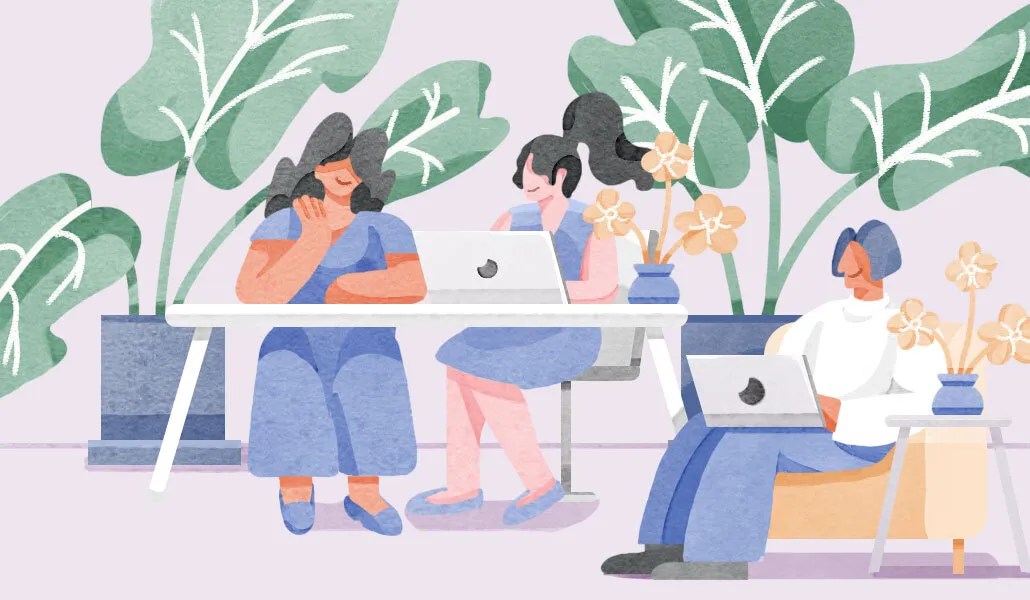How one design firm is reimagining office furnishings to appeal an in-person workforce

The RTO movement has sparked perhaps the most significant workplace transformation ever, and as companies navigate that transition, the physical workspace is a strategic priority in a way it never was.
“It’s probably the largest amount of change in the workplace that I’ve ever experienced,” as Allan Smith, president, Americas and chief product officer at the office furnishings company Steelcase, puts it.
Today’s interior design goes far beyond just functionality. Business leaders are recognizing that to entice employees back, offices must foster something employees can’t easily replicate at home: community.
Smith draws a parallel to gold rush towns that flourished temporarily but ultimately collapsed because they were founded on a singular goal: finding that precious mineral. And when the gold vanished, so did the people. Similarly, offices built solely for task completion risk becoming their own kind of ghost town.
Conversely, the most successful workplaces are becoming multi-dimensional communities where people “come to socialize, they come to learn, they come to work on business process, to come together, to solve problems,” as Smith sees it.
And it’s more than just superficial — companies investing in thoughtful workspace redesigns are seeing measurable returns. Neiman Marcus, a Steelcase client, reported a 34% increase in employee satisfaction after reimagining its Dallas headquarters with open spaces, natural lighting and employee-designed areas. Meanwhile, another client, financial services firm Lord Abbott, achieved an 80% daily return rate in its newly designed space in New Jersey, with employees choosing five days onsite rather than the hybrid three.
Clearly, what employees want most upon their return isn’t ping-pong tables or free lunch. According to Steelcase’s survey of 32,000 workers across 10 countries, privacy ranks as the top concern for 66% of employees. “I think gone are the days of what we would call ‘rack ’em and stack ’em,’ which is get as many people in the space as possible without regard to their privacy,” Smith said.
The challenge is balancing the need for community with the desire for individual focus. Companies are responding with modular furniture, acoustic panels and innovative solutions like flex boundary screens, which Steelcase developed with MIT to provide visual and sound barriers while maintaining an open-concept environment.
Post-pandemic office designs increasingly incorporate natural elements, too. Living walls, natural lighting and plant life aren’t just aesthetically pleasing — they contribute to improved air quality and employee well-being. Meanwhile, the biophilic design approach represents another way offices are creating experiences virtually impossible to replicate in a home office.
Perhaps the most profound shift is the move away from standardized spaces. Companies are recognizing that different tasks require different environments, and employees need to manage their own privacy levels throughout the day. “I’m a really different person than you are,” Smith said. “We all have different needs throughout the day. So how do you let people manage their own levels of privacy that they need to do the work they need?”
The answer lies in strategic design — creating varied zones within offices that support different work modes, from collaborative moments to focused individual work to video meetings.
In the RTO era, business leaders have come to see remaking the workspace as not just about window dressing but as a magnet for a workforce whose priorities have shifted from the fully remote, fully isolated days of the pandemic. As Smith explains, “Never before has space been more at the forefront of the C-suite’s mind than right now.”
